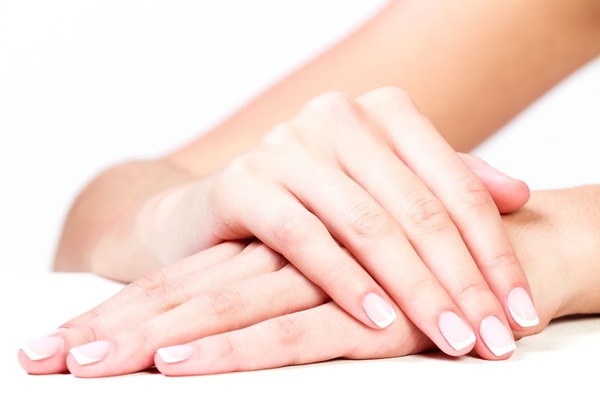
Nail Disorders
What is it
Nails are made of hard keratin (nail plate) derived from a matrix that sits under the back shaft of the nail and tightly adheres to the bearing. The surrounding skin forms the nail shaft. The matrix is where the nail grows. The peel, the so-called cuticle, overlaps the lower part of the nail plate. a rind that protects against the penetration of pathogens. The nail grows approx. 1 cm per week, which is important to know in connection with the treatment of nail diseases. A minimum of 5 months is required for complete renewal of the fingernail plate (toenails grow slower).
The reasons
Nail lesions may be acquired (discoloration, furrows, thickening, shape changes, nail shaft clogging, brittleness, brittleness) or have genetic causes (keratosis disorder, defective shape).
Acquired changes may result from diseases such as: liver diseases, psoriasis, alopecia areata, lung and kidney diseases, hormonal disorders, melanoma, cardiovascular diseases, thyroid diseases, and diabetes.
External factors include injuries, frostbite, bacterial, fungal and yeast infections as well as toxic substances such as lead, silver and some medications, as well as a poor diet (deficiency of elements) and inappropriate footwear. The color of the altered plaque is often helpful in the diagnosis.
One of the most common nail diseases is toenail fungus, rarely of the hands. Depending on the severity (duration), it may cover a limited area of the plate or the entire nail.
Treatment
It is very important in the diagnosis to exclude systemic diseases.
Depending on the cause, the doctor selects the appropriate therapy.